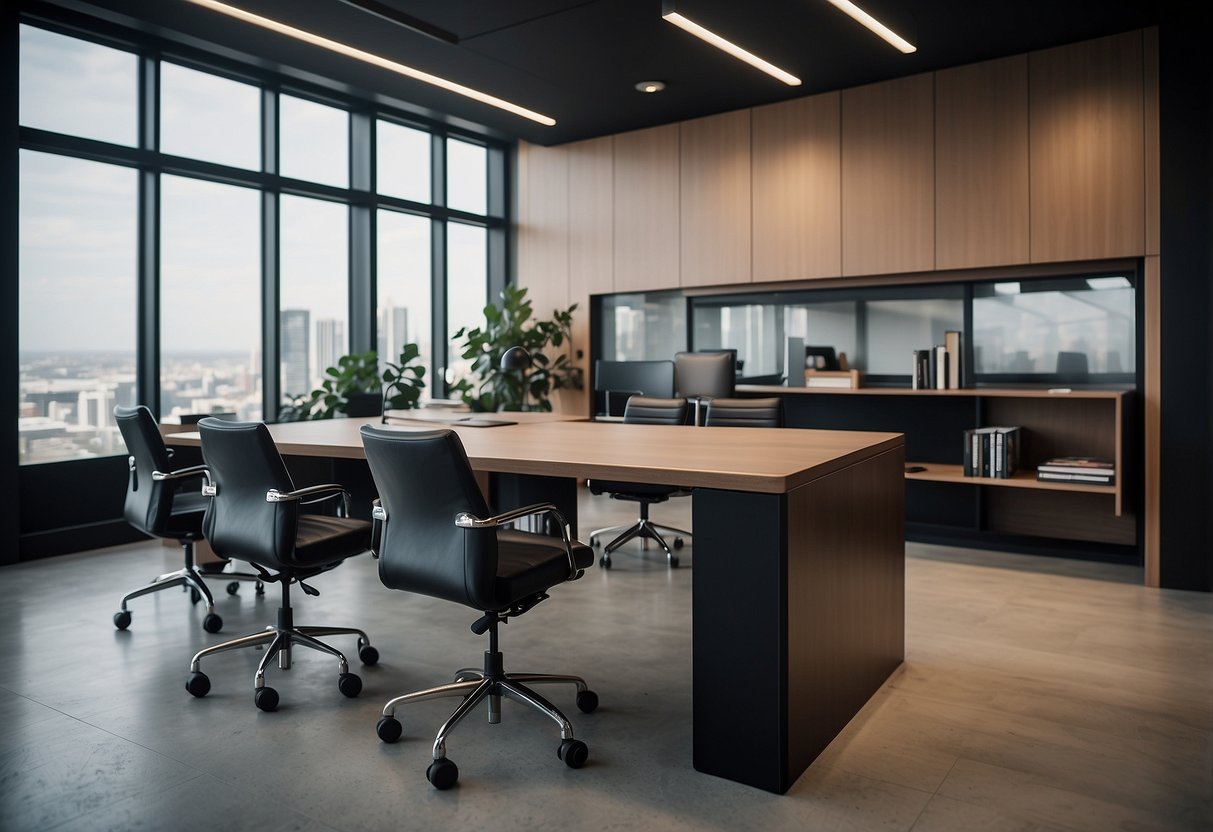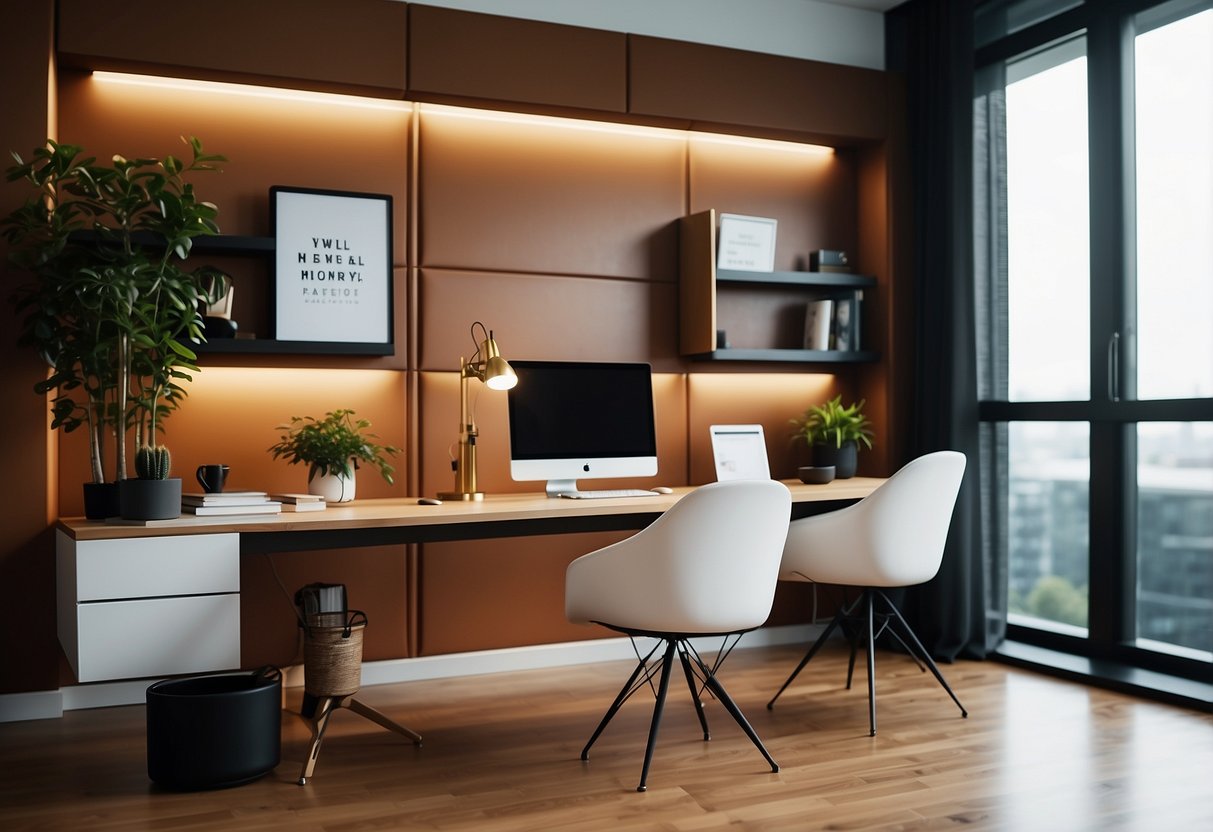
Achieving Comfort and Style

Dressing for success demands a balance between comfort and style. The right fit and choice of footwear are crucial elements in achieving this.
The Importance of Proper Fit and Tailoring
A well-tailored suit can significantly enhance one’s confidence and appearance. Proper fit ensures that clothing flatters the body without being too tight or too loose. Dress pants that are tailored to fall just right at the ankles can make a substantial difference.
In a professional setting, an ill-fitting suit can be distracting and uncomfortable. Attention to details, such as the tapering of the jacket waist or the length of sleeves, facilitates both comfort and style.
Additionally, tailored clothing helps maintain a polished look throughout a busy workday. Investing in alterations may seem like an additional expense but pays off in the long run by providing a more professional and stylish appearance.
Choosing Comfortable Yet Professional Footwear
Footwear plays a vital role in maintaining comfort while upholding a professional image. Flats and low heels offer comfort without sacrificing style. It’s essential to choose shoes that provide support, especially for those who are on their feet frequently.
Dress shoes that fit well can prevent issues such as blisters or fatigue. High-quality materials and proper insoles contribute to overall comfort. Footwear needs to complement the outfit while ensuring the wearer feels confident and at ease throughout the day.
Whether opting for heels or flats, prioritizing comfort helps maintain a professional demeanor without unnecessary discomfort.
Colors, Patterns, and Fabrics

Choosing the right colors, patterns, and fabrics can significantly influence one’s professional appearance. Opting for neutral colors and understanding the impact of different fabric choices are crucial elements in dressing for success.
Embracing Neutral Colors and Subtle Patterns
Neutral colors like tan, black, brown, gray, and white are pivotal in establishing a sophisticated and versatile wardrobe. These colors not only exude timeless elegance but also offer a clean slate for accessorizing and layering.
Solid colors are suitable for creating a polished and professional look. Subtle patterns, such as fine pinstripes or delicate checks, can add a touch of individuality without overwhelming the outfit. Simple patterns maintain the outfit’s formality, which is essential for professional environments. Balancing these elements can help create stylish yet appropriate ensembles for various workplace scenarios.
Understanding the Impact of Fabric Choices
Fabric selection is equally important in determining the overall look and feel of an outfit. High-quality fabrics like wool, cotton, and silk present an image of professionalism and attention to detail. These materials provide comfort and durability, essential for long workdays.
For warmer climates, lightweight fabrics such as linen and breathable cotton can keep the wearer comfortable while maintaining a sharp appearance. In colder settings, opting for thicker fabrics like wool can offer both warmth and style. Fabrics should be wrinkle-resistant and easy to maintain, ensuring that the outfit retains its sharpness throughout the day.



